How to Make Bread: The Secret that Changed Everything
Does baking bread making you nervous or are you just looking for some bread making tips? Here is the “secret” to bread making, as well as 9 easy yeast bread recipes to try.
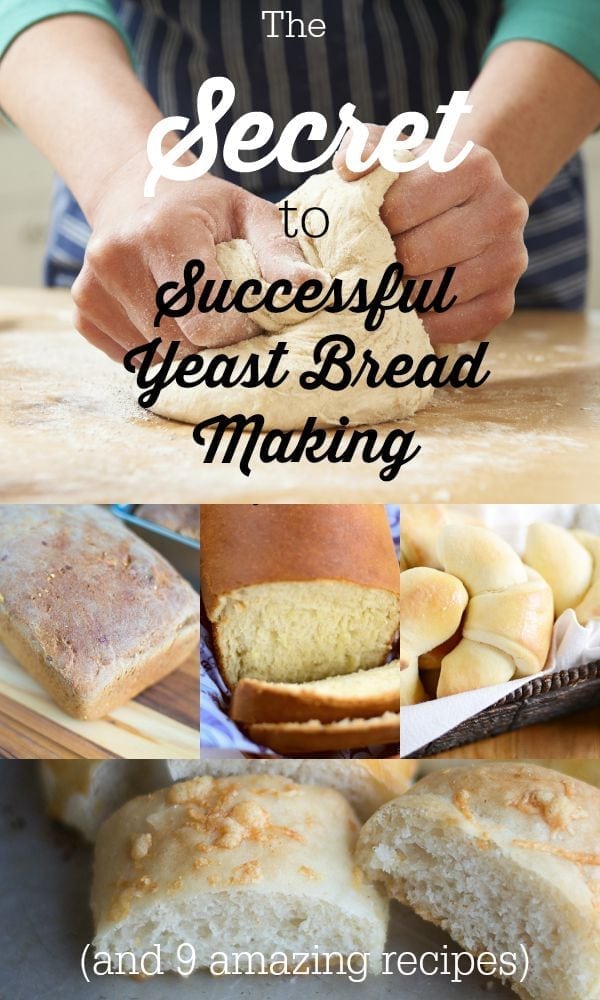
How to Make Yeast Bread
Although I enjoy making all types of foods, I think my favorite thing to do is bake. Breads, cakes, cookies…I love them all! When we had to have Jack on a gluten free diet, it was rather tricky, since gluten free baking is a whole other ball game, but I enjoyed the challenge. We may have to take him off it again (waiting to hear from his doctor), but I’m crossing my fingers that doesn’t have to happen.
I share a lot of easy recipes here on Clarks Condensed, but I realized that I don’t often share basic tips and techniques that everyone should learn at some point. I’m hoping to change that – and this first one has to do with bread making.
Anyways, after talking to a lot of different people, it seems that many find bread making – especially yeast breads – to be difficult. It’s definitely one of those things where I recommend following the instructions for a recipe, rather than experimenting too much – since a lot of it comes down to science. However, several years ago my mom told me the secret to successful bread making (that she was told by someone who is known for her bread!) And it involves varying from the recipe ever so slightly.
This secret is really quite simple, and a lot of you probably already know it. However, I’ve found that enough people don’t know it that it’s worth noting.
So what is it?
Don’t add the amount of flour listed in the recipe.
Okay, so you can take the amount listed on the recipe as a guide – but don’t feel like you have to add all of it if your dough is already feeling like it’s a good consistency. In my experience, most of recipes instruct you to add it at about 1/2 cup at a time, which is good advice. However, most of them don’t say to just add until the desired consistency is met (most of mine don’t even say this – I need to change that!) You want your bread to be pliable and have some amount of stickiness to it (though not to the point where it gets all over your hands!) You don’t want it dry or crumbly at all. I’ve found that when I press my finger into a ball of dough and it bounces back, that it’s the perfect consistency.
When I started kneading my dough, it’s a little bit sticky. I usually flour my hands, and by the time I am done kneading it, the dough pliable and easy to work with. My philosophy? You can always add more flour if you need to, but once it’s gotten dry and crumbly…it’s hard to correct!
In some cases, you may need more flour than a recipe calls. For instance, last Christmas we went to North Carolina for Christmas, and I made rolls for Christmas dinner. I used my easy dinner roll recipe that I loved making back in Utah. I ended up having to add a lot more flour than I usually would because of the humidity. Had I just added the amount I listed in the recipe, they would have ended up a sticky, yucky mess.
After you’ve made bread dough several times, you start to get a feel for how the dough should feel. It just takes practice, but by following your intuition with the flour more so than strictly following what the recipe says, I think you’ll find success!
Other bread making tips:
- Make sure you are using yeast that hasn’t expired
- Make sure your water isn’t too hot. You want it to be between 95 and 115 degrees farenheit. I usually make sure the tap water is tolerable enough to put my hand under, but not luke warm.
- Let the yeast proof. Basically, this just means dissolve the yeast into the warm water, perhaps add a pinch of salt or sugar, and let it rest for 5-10 minutes (it should start to get frothy.)
- Here are some great tips for baking at a higher altitude.
If you have any other tips regarding bread baking, leave a comment. I’ll be happy to answer if I can!
Do You Need a Stand Mixer?
Short answer? Nope! People have been making bread for centuries, and stand mixers weren’t really a thing until the 1900s.
However, I do think a quality stand mixer can be a baker’s best friend in the kitchen – especially if you are going to be making lots of bread.
I have both a KitchenAid and a Bosch Universal Plus Mixer – and I love them both for different reasons (read our full comparison here).
But when it comes to bread making…the Bosch Universal Plus is going to win every time. There’s just nothing better for making bread. You can read our full review of it here – The Ultimate Guide to the Bosch Universal Plus Mixer.
Yeast Bread Recipes
Now, here are several yeast breads that I love and are pretty eays! Some of them I’ve shared on Clarks Condensed, and a few are from other trusted bloggers. If you make any of them, be sure to share it on instagram and tag me – katie_clarkscondensed!
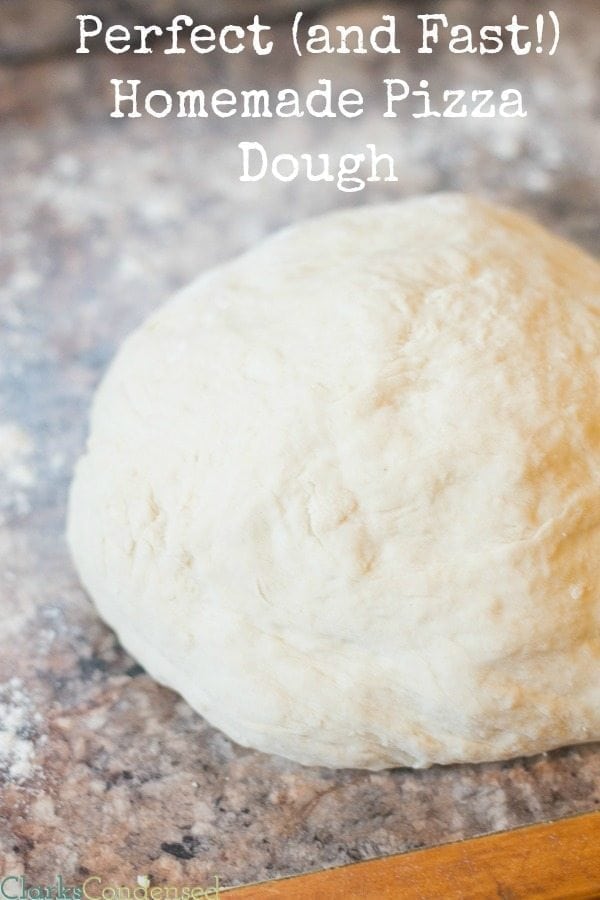
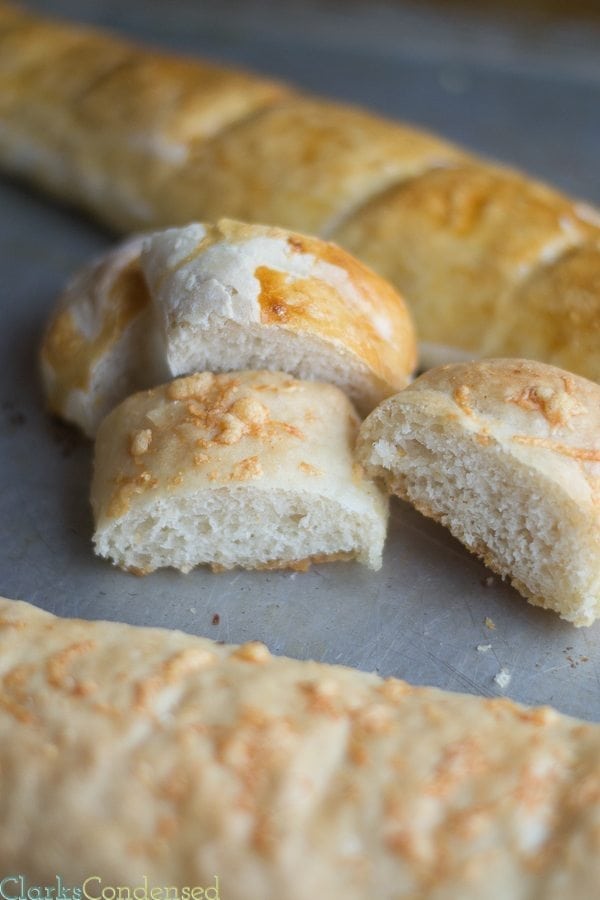
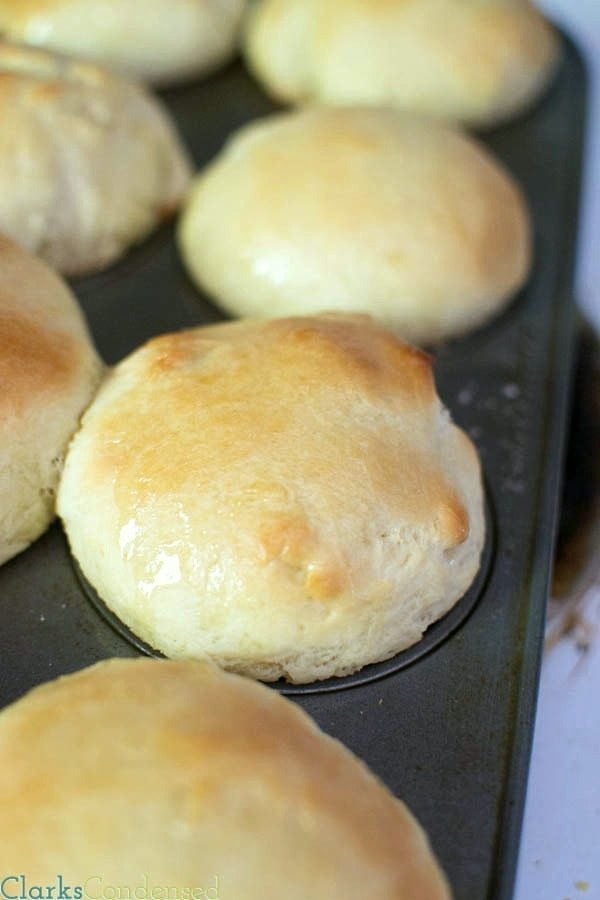
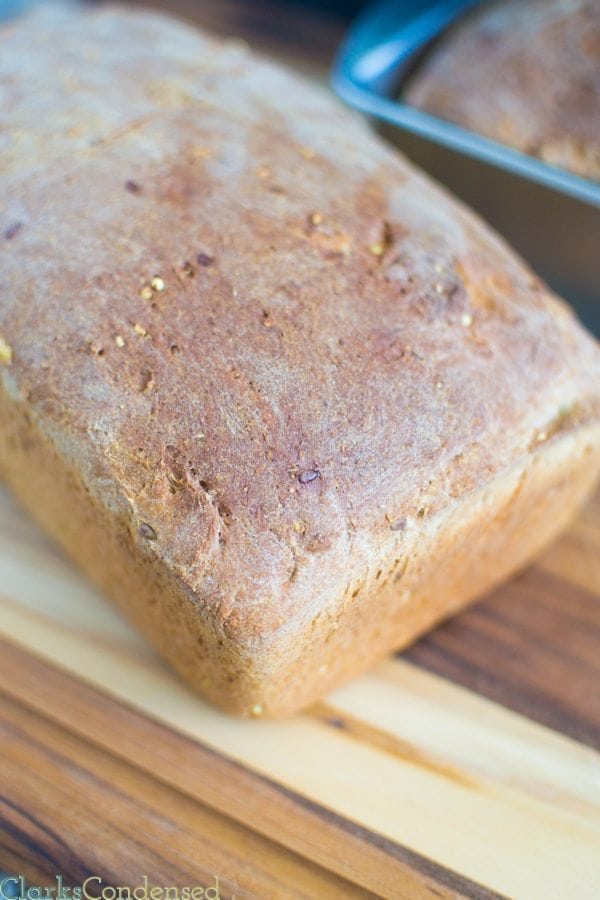
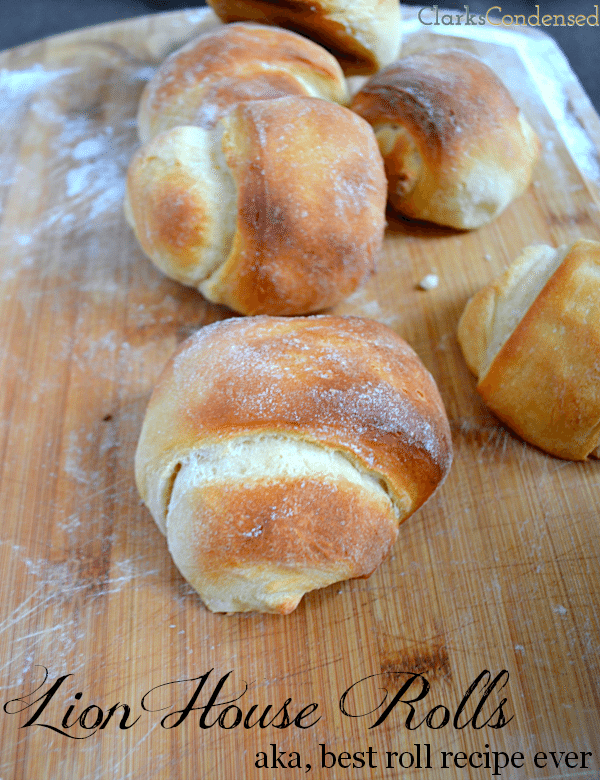
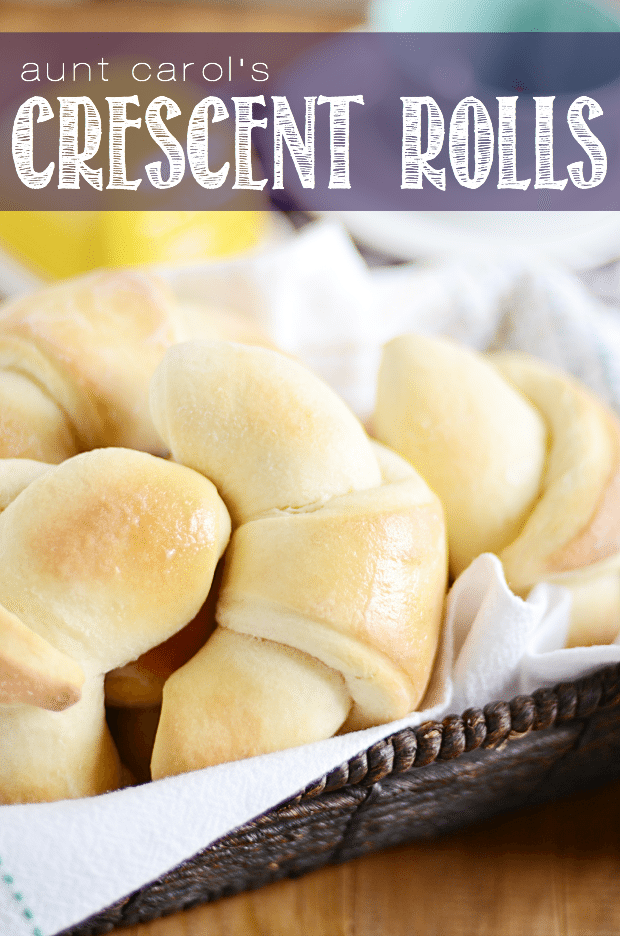
Aunt Carol’s Crescent Rolls from Something Swanky
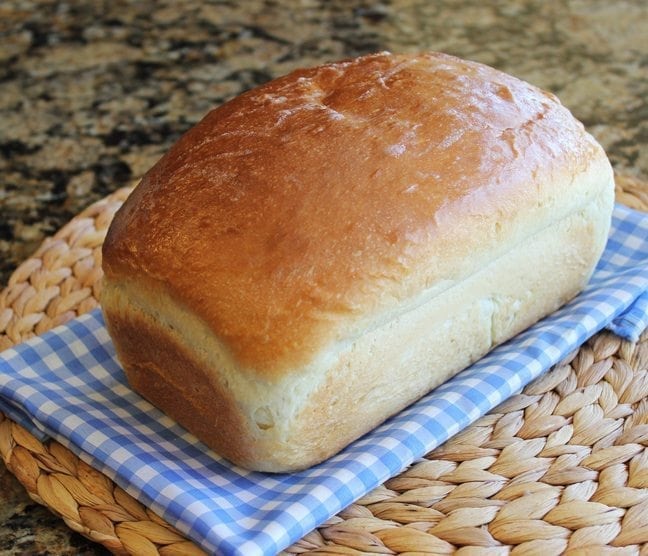
Homemade White Bread by Jamie Cooks it Up
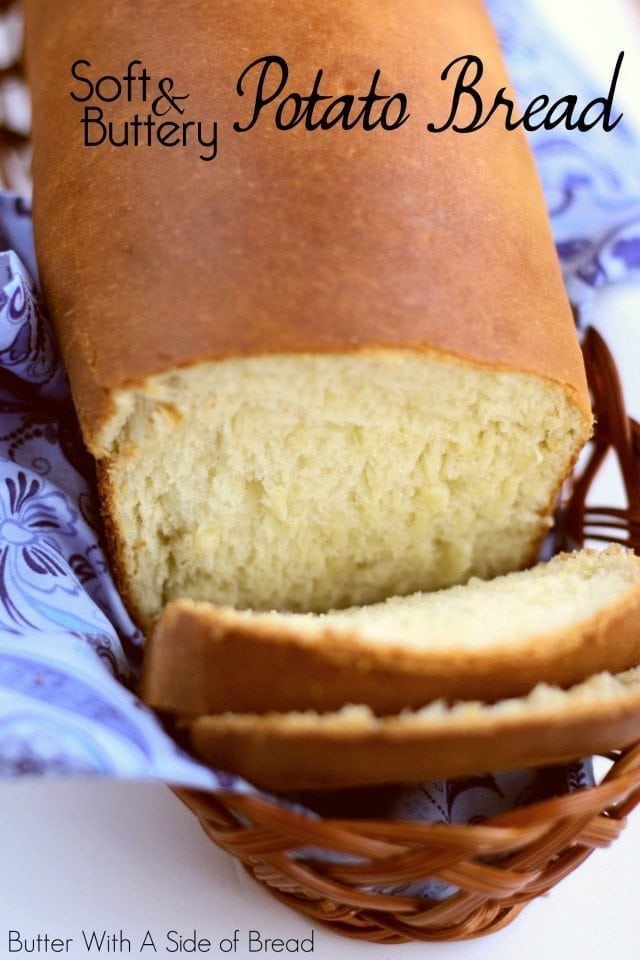
Soft and Buttery Potato Bread by Butter with a Side of Bread
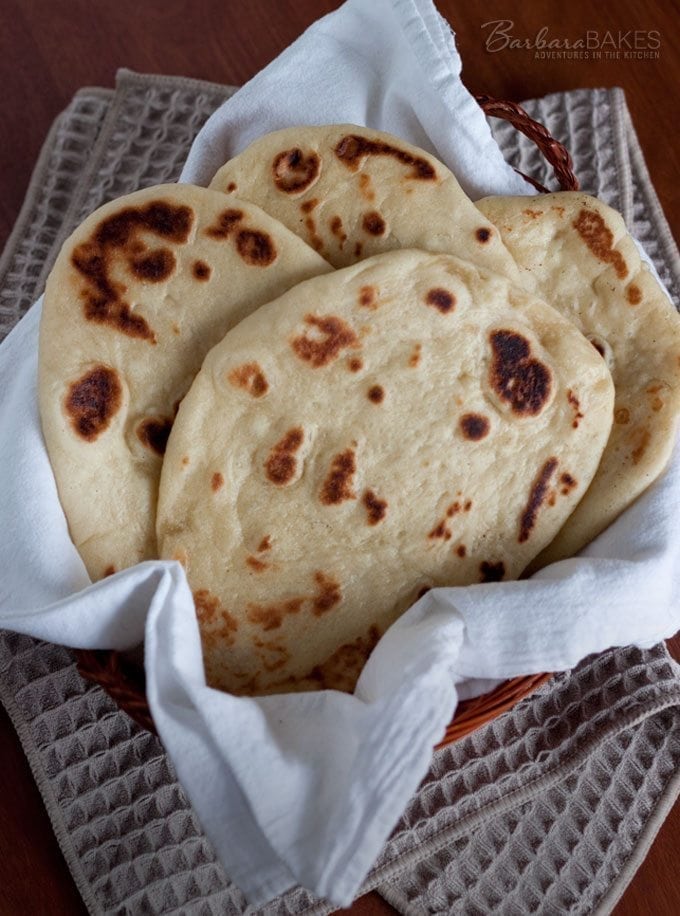
Other Posts You May Enjoy:
- Easy and Foolproof Pão de Queijo Recipe (aka Brazilian Cheese Bread)
- Wheat Milk and Honey Bread
- Mom’s Easy Parmesan Breadsticks
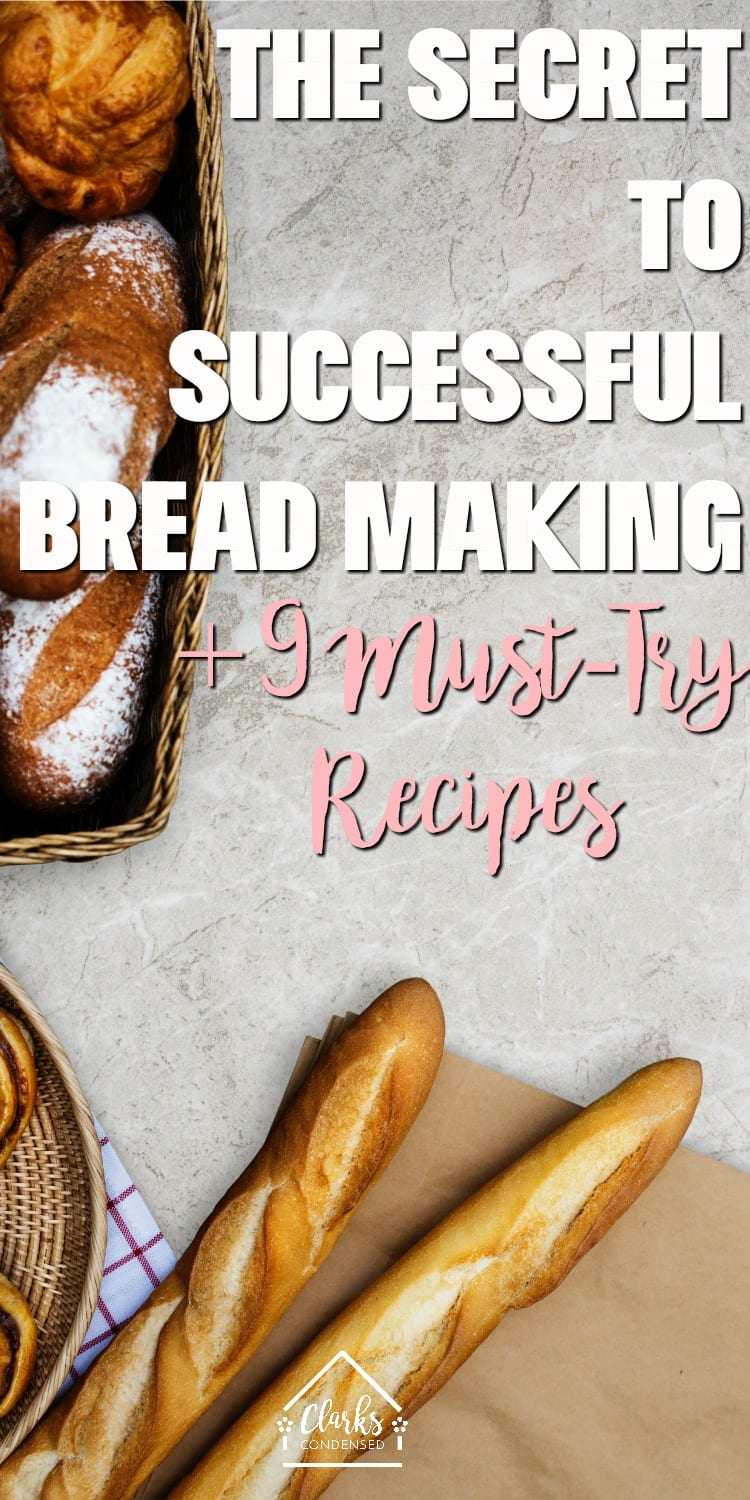

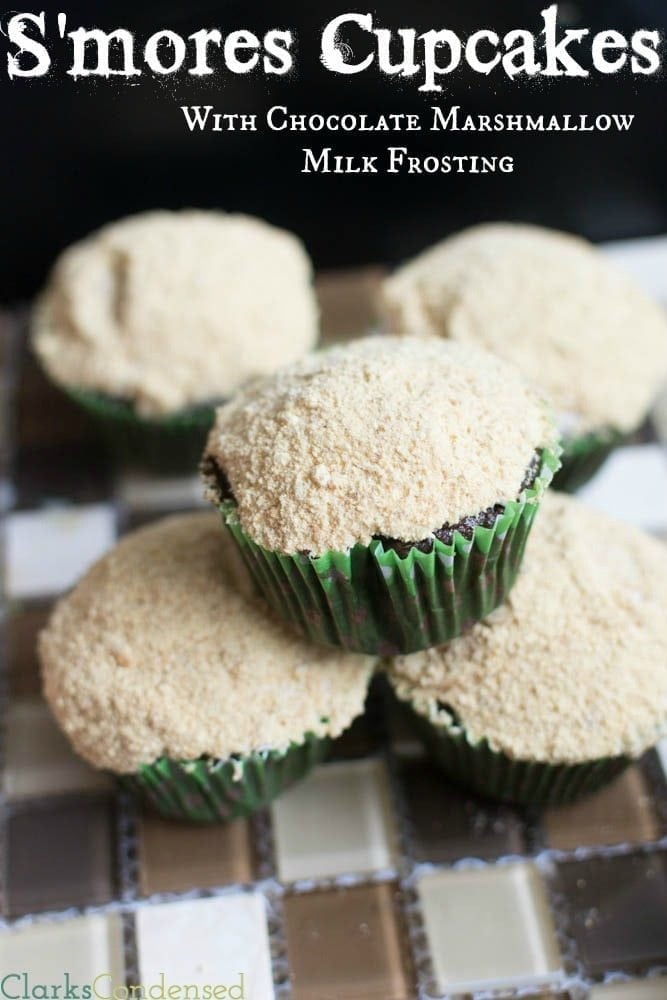
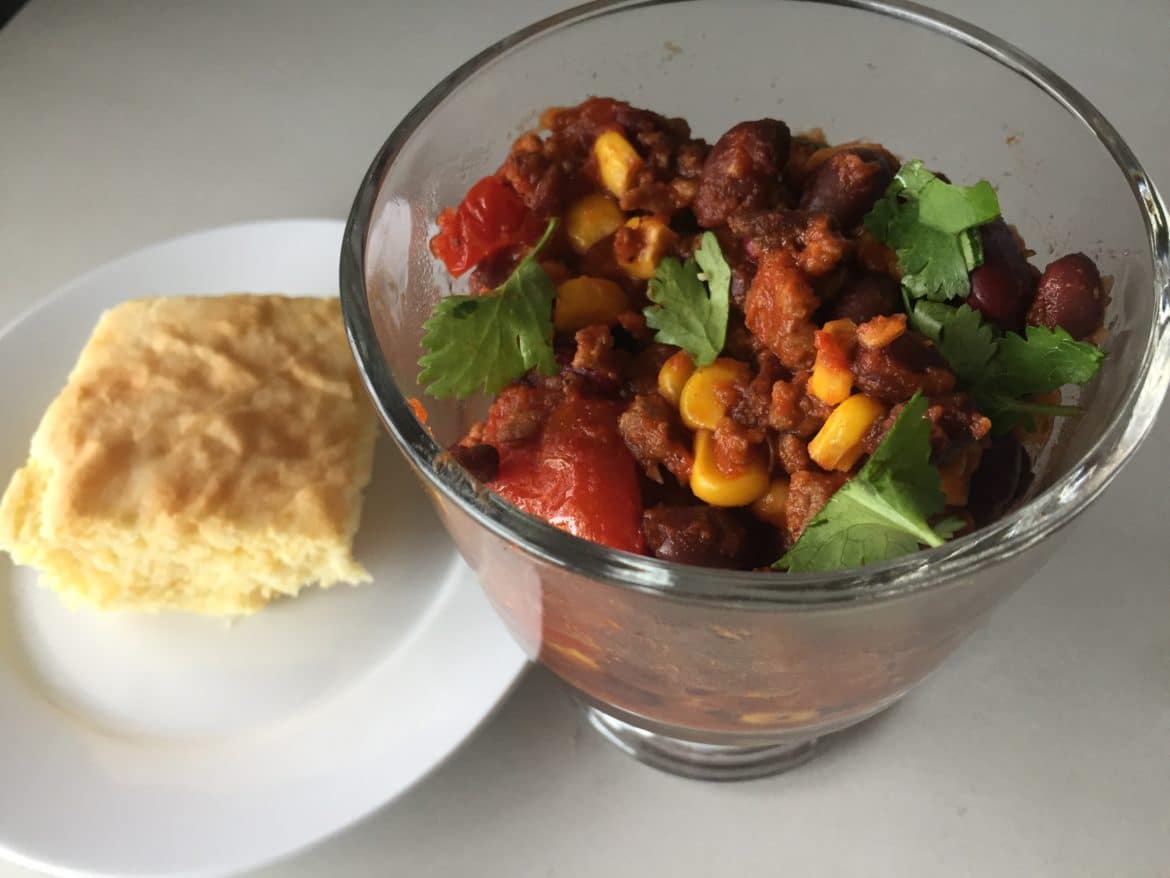
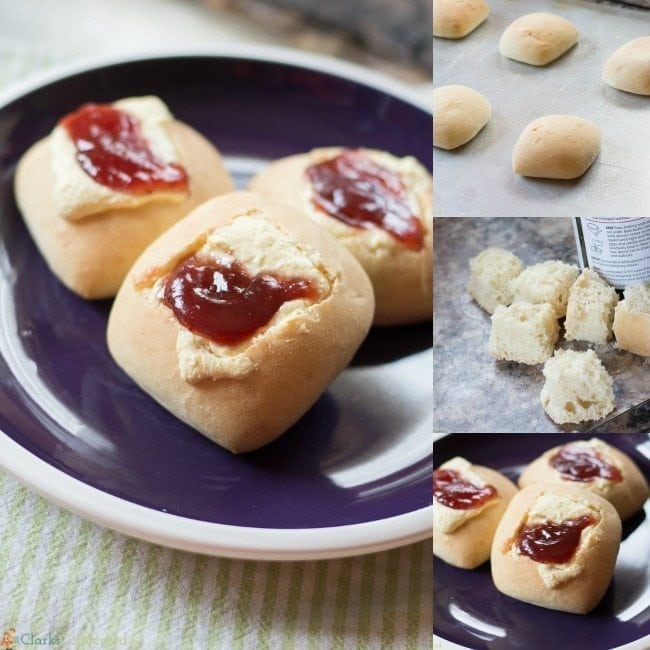
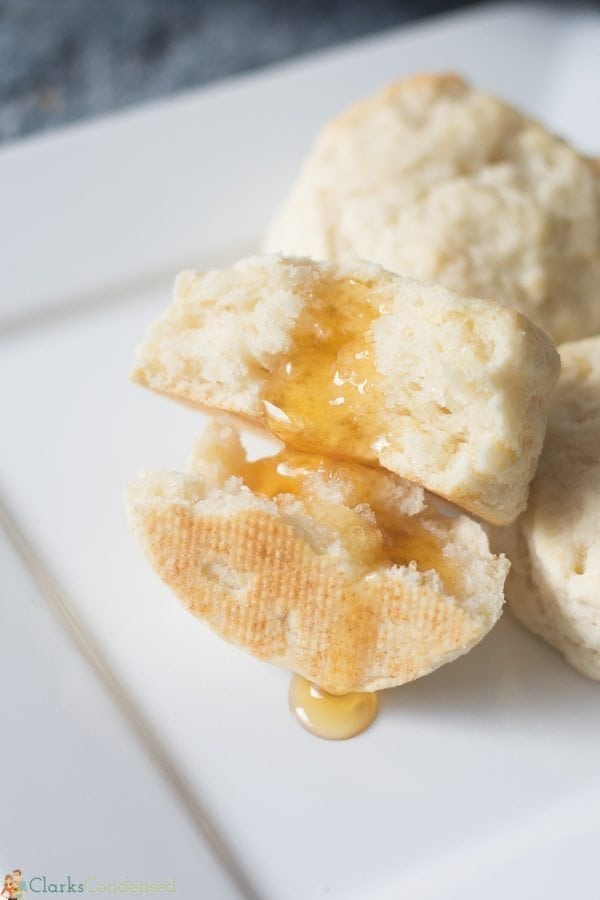
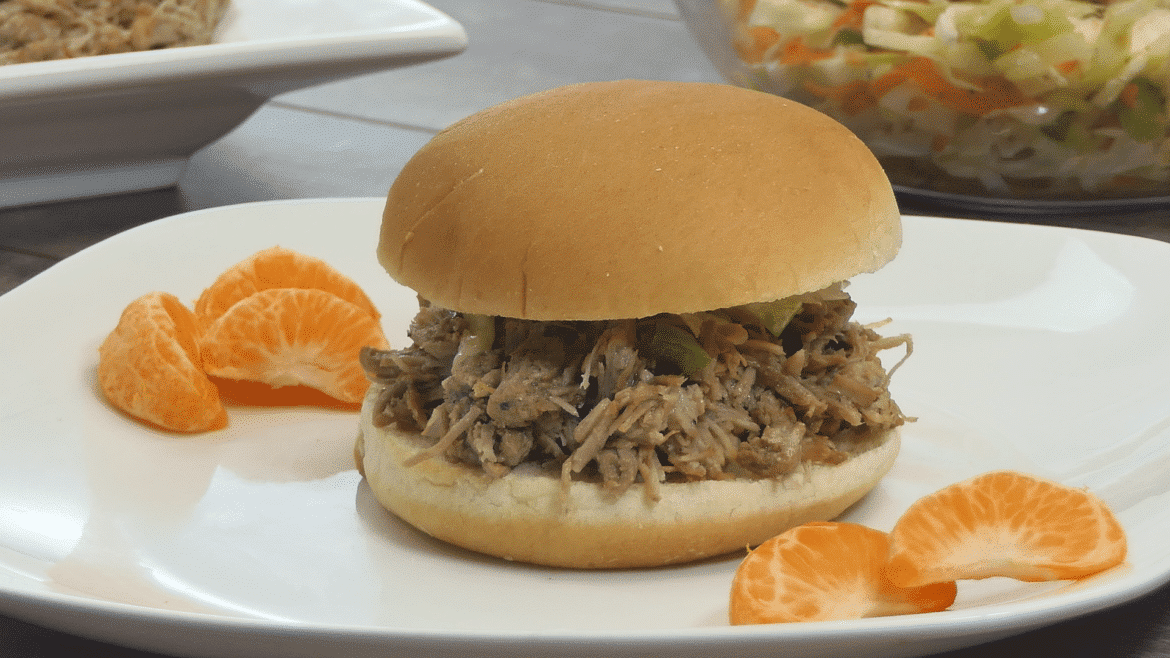
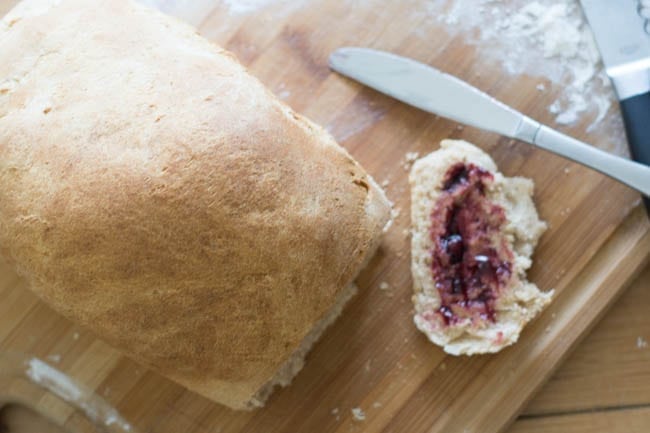
I want to know why my bread dough when baking always end up having a crack on the side of the pan??
Those bread recipes all look so yummy! And those are great tips! It took me a long time to realize that hot tapwater was the best way to get my yeast to proof. I used to microwave my water to get it hot, but I was killing my yeast and my bread would never rise! Thanks for this great post!